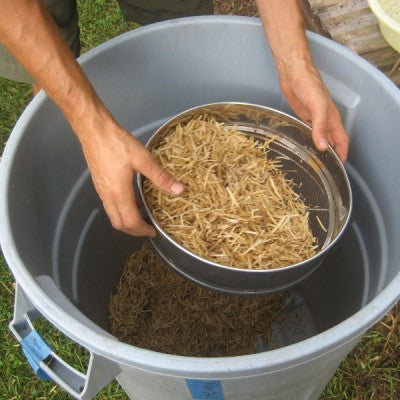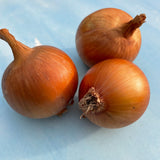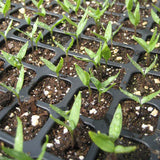
The Joy of Saving Seeds
Even though daylight is slowly dwindling, opportunities for seed-saving are growing exponentially! Think of seeds as a second crop—one that will become years of bountiful harvests. If you've never saved seeds before, try leaving a few plants to continue growing past their food harvest dates and just let them do their thing. You'll get to see a whole new part of their personalities, experience the joy of nurturing them through their whole life-cycle, and become part of a legacy of seed savers that goes back thousands of years.
August marks the peak of seed-saving season. Many seed crops will be ripening at once now, so if you plan on saving your own seeds this year, now is the time to set up a cleaning and drying area and brush up on your seed-collecting knowledge. There's a lot to discuss so we've curated our top blog posts on the topic.
2. Ten seeds to save yourself this season. You don’t need a science degree to save your own seeds and start a personal seed library. Pick a few beginner seed-saving varieties from this list.
3. How to collect seeds from fruit seed crops. For later in the season when your baskets overflow with fruiting vegetables, this post covers the basics of wet processing - seeds that need to be fermented in water for a while in order to separate the seed from the flesh of the fruit surrounding it.
4. Don't blush, be the bee. For seed saving home gardeners ready to take on a slightly trickier seed saving task, hand-pollinating is a great way to make sure crops like winter squash grow true to type.
5. Saving seeds from biennial crops. Take your seed saving skills to the next level by learning how to save seeds from biennial crops, such as beets, carrots, chard, kale, parsley, parsnips, and turnips.







